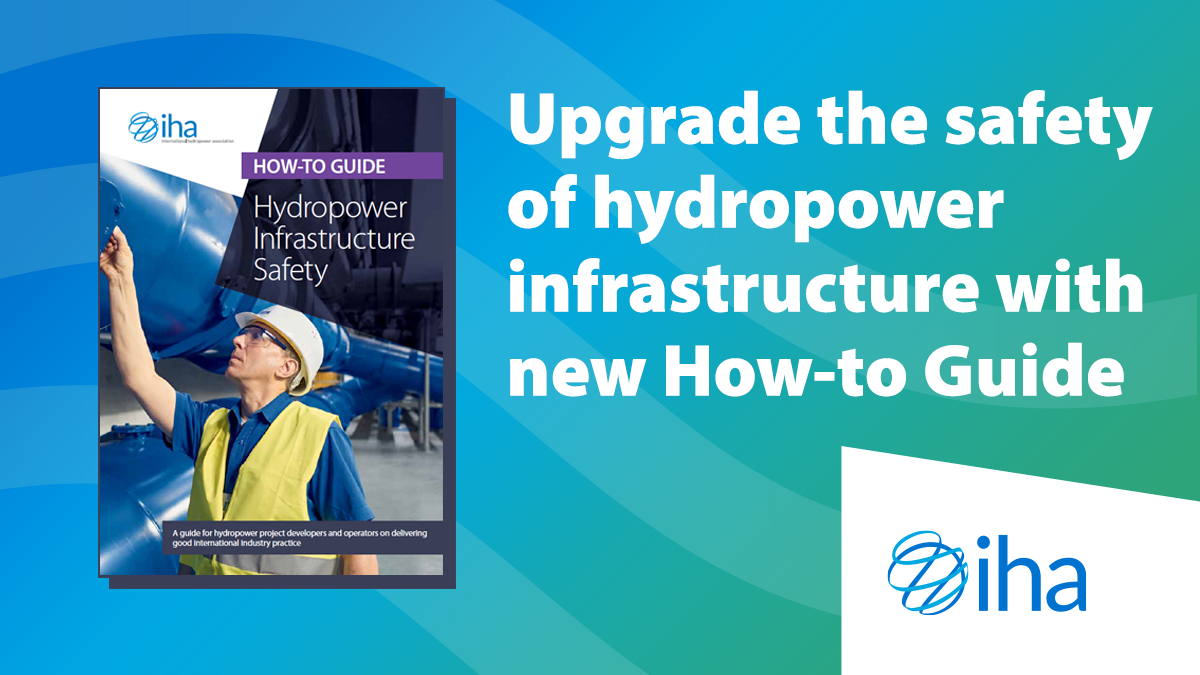
Outlook
Partnership opportunities
COP28
Partnership opportunities
Congress 2023
Powering Sustainable Growth
Join us in Bali for the 2023 World Hydropower Congress taking place on 31 October – 2 November.
FIND OUT MORE
Who we are
Our mission
Our mission is to advance sustainable hydropower
About IHA
We are a non-profit membership organisation
Our members
View our directory of organisations operating in over 120 countries
Our team
IHA's Central Office manages our work programmes
Our board
IHA's Board governs the association on behalf of members
Our story
The voice of sustainable hydropower for a quarter of a century
What we do
Communications
Our mission is to advance sustainable hydropower
Sustainability
We are a non-profit membership organisation
Finance
View our directory of organisations operating in over 120 countries
Climate change
IHA's Central Office manages our work programmes
Water management
IHA's Board governs the association on behalf of members
People
The voice of sustainable hydropower for a quarter of a century
Technology
Our mission is to advance sustainable hydropower
Regional profiles
Africa
Our mission is to advance sustainable hydropower
East Asia and Pacific
We are a non-profit membership organisation
Europe
View our directory of organisations operating in over 120 countries
North and Central America
IHA's Central Office manages our work programmes
South America
IHA's Board governs the association on behalf of members
South and Central Asia
The voice of sustainable hydropower for a quarter of a century
News and events
Resource hub
Publications
Download our public reports
Innovations hub
Explore case studies
Tools/Training
Find sustainability tools
Facts about hydropower
Get the full picture
Hydropower around the world
Explore regions and countries
World Hydropower Outlook
Sector insights and statistics
Videos
Watch our latest videos and webinars
G-res Tool
Report greenhouse gas emissions from reservoirs
Sediment Management Hub
Knowledge resource for strategies and case studies
International Association of the Year

hydropower pro


























.png)

.png)
.jpg)





